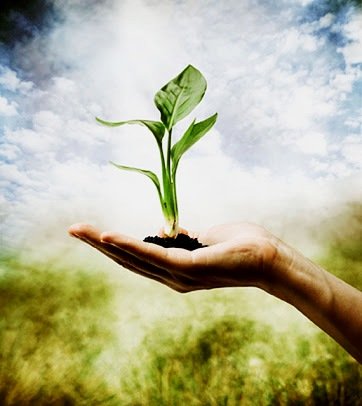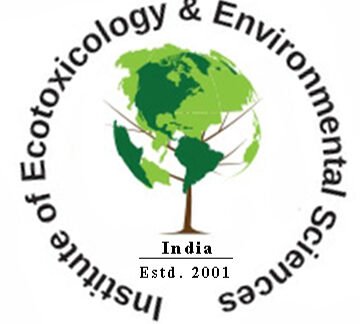
Environmental degradation due to urbanization and industrial activities has been noticed since early 19th century. Populations are increasing in urban areas resulting deterioration of air, water and soil quality. During the last fifty years, numbers of large cities have increased and there are more than hundred mega cities with population more than five million. Growing need of energy, water, sanitation, transport to build cities resulted over exploitation of natural resources. Disposal of solid waste including hazardous waste generation pose enormous problem. Since the Second World War, significant amount of insecticides, fungicides etc. are being used to insects, pests, plant disease and for increasing crop yields. The widespread use of agricultural and other chemicals has raised public health concerns because of their potential carcinogenic, mutagenic and teratogenic nature, as well as their harmful effects and bio-accumulation in aquatic systems. Chemicals, anti-fouling agents, pesticides, radioactive materials, and the by-products are important components of environmental contaminants which are adversely affecting our ecosystem as well as human health.
The problem of pollution has become an area of major challenge in the respect of growth and development, not only to the scientists or engineers but also to the policy makers, administrators, voluntary organizations and public at large. There is an obvious need to delineate the effects of pollutants on biotic system and develop suitable management strategies.
In concern to the enormous importance of the subject, the Institute of Ecotoxicology and Environmental Sciences (IE&ES) was formed in October 2001 to grow awareness for its control and management. The institute organizes national and international symposiums and offers trainings, workshops and researches in view of the outcome to give the right direction for mitigation of environmental crises and implement it on common people. Many world summits have resulted introducing measures to improve the quality of life of human populations and to create environment for sustainable development. We have to go long way to bring our planet to an ideal condition where our offspring can breathe fresh air and drink safe water.
